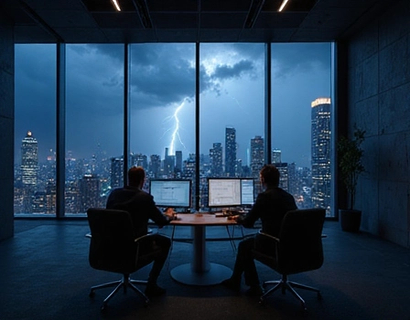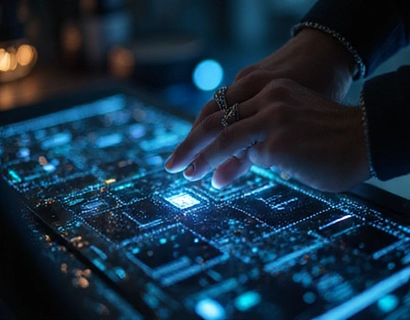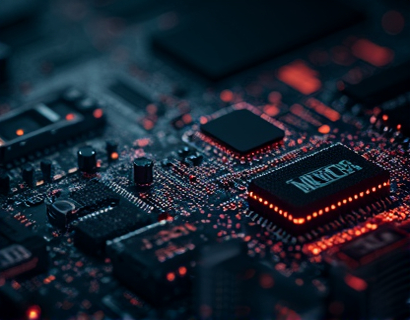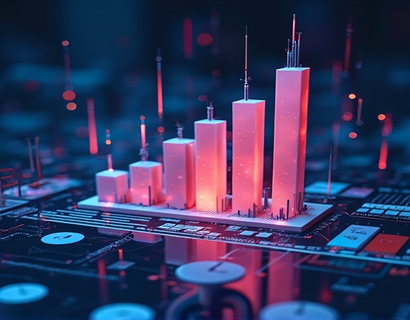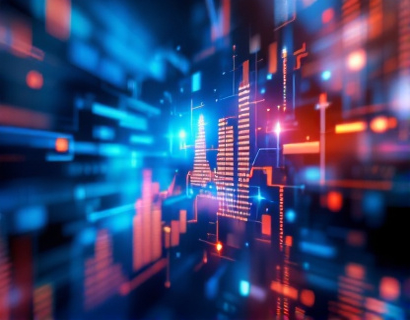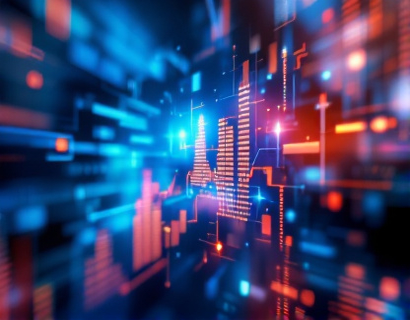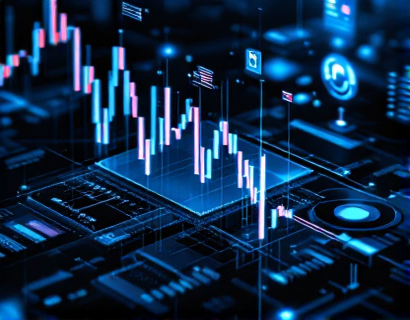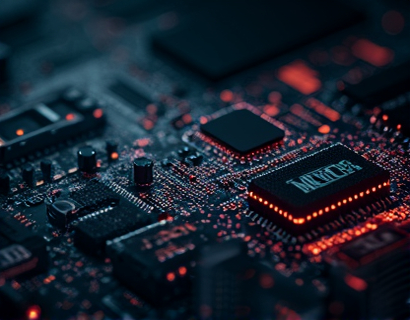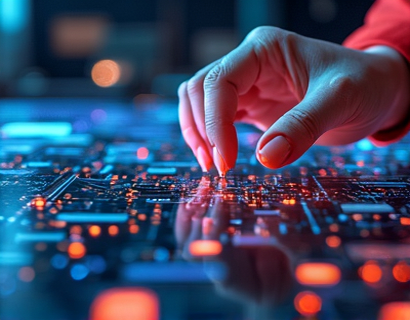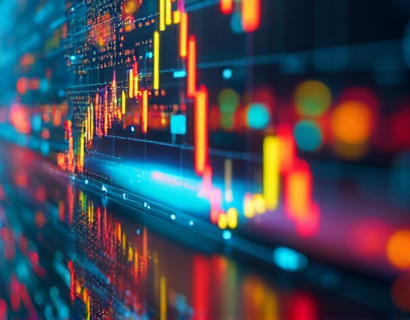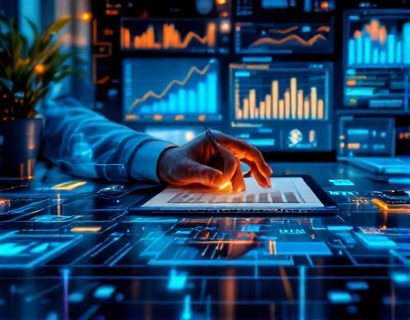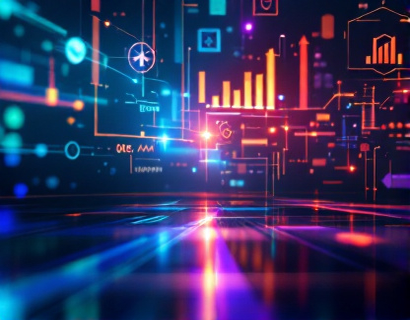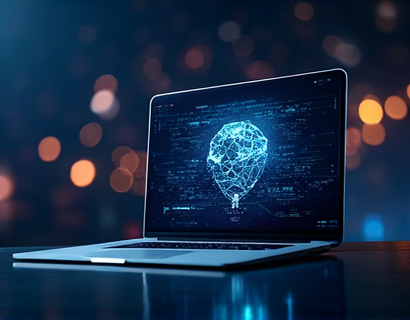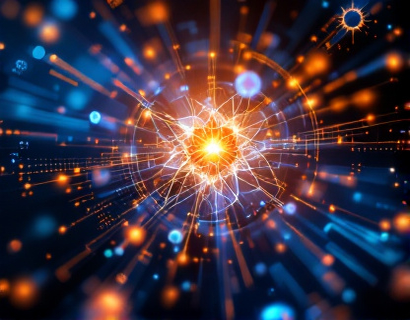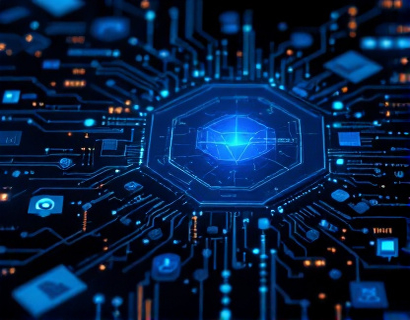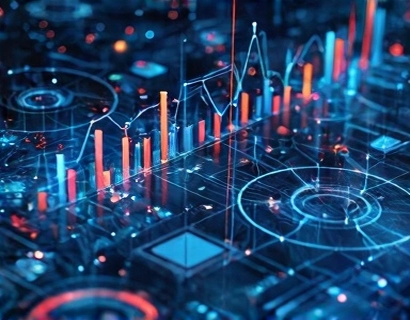Rare Digital Collectibles: Unveiling Exclusive Assets for Collectors and Investors
The world of digital collectibles has evolved significantly in recent years, offering a new frontier for collectors and investors. Unlike traditional collectibles, rare digital assets exist solely in the digital realm, providing unique opportunities for those interested in digital currency and blockchain technology. This article delves into the fascinating universe of rare digital collectibles, exploring what makes them valuable, how to acquire them, and the potential they hold for both personal enjoyment and investment.
Understanding Rare Digital Collectibles
Rare digital collectibles are unique digital items that are scarce and often backed by blockchain technology, ensuring their authenticity and scarcity. These assets can range from digital art and in-game items to unique NFTs (Non-Fungible Tokens) and limited-edition digital currencies. The use of blockchain technology is crucial as it provides a decentralized and transparent ledger that verifies ownership and provenance, making these digital items valuable and trustworthy.
The concept of scarcity is fundamental to the value of rare digital collectibles. Unlike traditional collectibles that can be replicated, digital assets can be limited in supply, often with only a few instances existing. This scarcity, combined with the permanence and verifiability provided by blockchain, creates a unique market where these digital items can appreciate in value over time.
Market Drivers and Trends
The rise of blockchain technology and the popularity of cryptocurrencies have significantly driven the interest in rare digital collectibles. As more people become familiar with digital assets, the demand for unique and exclusive digital items has surged. Several key factors are influencing this market:
- Technological Advancements: Improvements in blockchain technology and the rise of decentralized platforms have made it easier to create, trade, and own digital collectibles.
- Community Engagement: Online communities centered around digital collectibles have fostered a culture of sharing, trading, and appreciation, driving interest and value.
- Investment Potential: The potential for digital assets to increase in value has attracted investors looking for alternative assets to traditional markets.
- Art and Culture: Digital art and unique in-game items have gained recognition in the art world, further legitimizing the collectibles market.
These trends indicate a robust and growing market for rare digital collectibles, with opportunities for both new and seasoned collectors and investors.
Types of Rare Digital Collectibles
The variety of rare digital collectibles is vast, catering to different interests and preferences. Here are some of the most notable types:
Digital Art
Digital art represents a significant segment of the rare digital collectibles market. These unique pieces of art are often created using blockchain technology to ensure their authenticity and ownership. Artists can mint their digital creations as NFTs, which are then sold to collectors. This has opened new avenues for artists to monetize their work and for collectors to own one-of-a-kind digital pieces.
Examples include digital paintings, 3D sculptures, and interactive art experiences. The use of blockchain ensures that each piece is verifiably unique and cannot be replicated, adding to its value.
In-Game Items and Virtual Real Estate
In the realm of video games, rare digital collectibles often take the form of unique in-game items or virtual real estate. These items can range from rare weapons and clothing to exclusive areas within a game world. The value of these items often stems from their rarity, utility, and the community's demand.
For instance, certain in-game items may be limited in quantity or required to complete specific challenges, making them highly sought after. Virtual real estate, such as unique land parcels in virtual worlds, can also appreciate in value as the virtual world gains popularity.
NFTs and Crypto Art
NFTs have become a prominent form of rare digital collectibles, particularly in the crypto art space. These non-fungible tokens represent unique digital assets that can be anything from images and videos to audio files and 3D models. The uniqueness of each NFT is encoded in its blockchain data, ensuring that no two NFTs are identical.
Crypto art has gained significant traction, with artists and collectors embracing this new medium. The ability to own a piece of digital art with verifiable provenance and scarcity has attracted a dedicated following, driving up prices at auctions and sales platforms.
Limited-Edition Digital Currencies
Limited-edition digital currencies are another fascinating category of rare digital collectibles. These currencies are often designed with a capped supply, making them scarce and potentially valuable. Unlike traditional cryptocurrencies that can be infinitely minted, these digital currencies have a predetermined number of tokens, similar to physical collectible coins.
These limited-edition currencies can be collected and traded, with their value often tied to their rarity and the community's interest. They serve as both a store of value and a collectible, appealing to those interested in digital finance and collectibles.
Acquiring Rare Digital Collectibles
For collectors and investors looking to enter the world of rare digital collectibles, several platforms and marketplaces have emerged to facilitate these transactions. These platforms offer a range of tools and resources to help users discover, purchase, and manage their digital assets.
One of the primary ways to acquire rare digital collectibles is through online marketplaces specialized in digital assets. These platforms curate a selection of unique items, often with detailed descriptions, images, and provenance information. Users can browse categories such as digital art, in-game items, and NFTs to find items that align with their interests.
Another method is participating in blockchain-based marketplaces and decentralized exchanges (DEXs). These platforms allow direct peer-to-peer transactions, providing more control and transparency. Users can explore listings, bid on items, or purchase directly from sellers using digital currencies.
Auctions are also a popular way to acquire rare digital collectibles. Platforms that host digital asset auctions attract serious collectors and investors, driving competitive bidding that can result in high-value transactions. These auctions often feature high-profile items with significant historical or artistic value.
Building a Collection
Building a collection of rare digital collectibles involves a combination of research, strategy, and patience. Here are some steps to consider:
- Identify Your Interests: Determine the types of digital collectibles that resonate with you, whether it's digital art, in-game items, or NFTs.
- Research the Market: Stay informed about market trends, popular items, and emerging artists or creators. Understanding the demand and value factors can help you make informed decisions.
- Set a Budget: Determine how much you are willing to invest in digital collectibles. Prices can vary widely, from a few dollars to thousands or even millions of dollars.
- Choose Reputable Platforms: Select trusted and secure platforms for purchasing and storing your digital assets. Consider factors such as security features, user reviews, and community reputation.
- Store Your Assets Securely: Use hardware wallets or secure online storage solutions to protect your digital collectibles. Security is paramount in the digital asset space.
Building a collection is not just about acquiring items; it's also about preserving and showcasing them. Many collectors use digital wallets and portfolio management tools to keep track of their assets, monitor their value, and plan their collection's growth.
Investing in Rare Digital Collectibles
For investors, rare digital collectibles offer a unique opportunity to diversify portfolios and potentially benefit from the growing digital economy. Here are some key considerations for investors:
First, it's essential to understand that the digital collectibles market is still evolving, and prices can be highly volatile. Short-term price fluctuations are common, but long-term value appreciation is possible, especially for items with strong community support and unique attributes.
Diversification is crucial in any investment strategy. Spreading investments across different types of digital collectibles can help mitigate risk. Consider investing in a mix of digital art, in-game items, NFTs, and limited-edition digital currencies to balance your portfolio.
Due diligence is vital when investing in rare digital collectibles. Research the creator, the community behind the asset, and the overall market sentiment. Look for assets with a strong following and a history of value appreciation.
Staying informed about regulatory developments is also important. As the digital asset space grows, regulations may evolve, impacting ownership, taxation, and trading. Keeping up with these changes can help investors navigate the landscape more effectively.
Community and Networking
The community around rare digital collectibles plays a significant role in the ecosystem. Engaging with fellow collectors, artists, and enthusiasts can enhance your experience and provide valuable insights.
Online forums, social media groups, and dedicated communities on platforms like Discord and Telegram are excellent places to connect with others who share your interests. These communities often share knowledge, discuss market trends, and organize events such as virtual exhibitions and auctions.
Networking with other collectors and investors can lead to new opportunities, such as collaborations, trades, and access to exclusive listings. Building relationships within the community can also provide support and guidance as you navigate the world of rare digital collectibles.
Future Prospects
The future of rare digital collectibles looks promising, with several factors poised to drive further growth and adoption:
- Increased Mainstream Recognition: As more traditional collectors and institutions recognize the value of digital collectibles, the market is likely to expand.
- Technological Innovations: Advancements in blockchain and NFT standards will enhance the functionality and accessibility of digital collectibles.
- Integration with Physical World: Bridging the gap between physical and digital collectibles, such as through augmented reality (AR) and physical tokens linking to digital assets, could broaden the appeal.
- Global Adoption: As internet penetration increases worldwide, more people will have access to digital collectibles, expanding the potential market.
These factors suggest a bright future for rare digital collectibles, offering continued opportunities for collectors and investors to engage with and benefit from this dynamic market.



